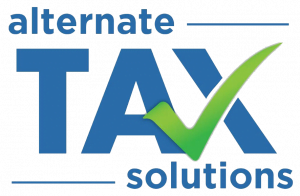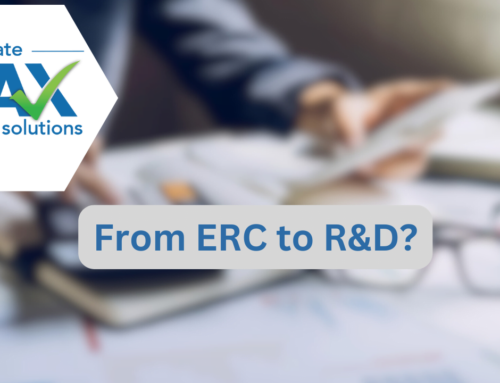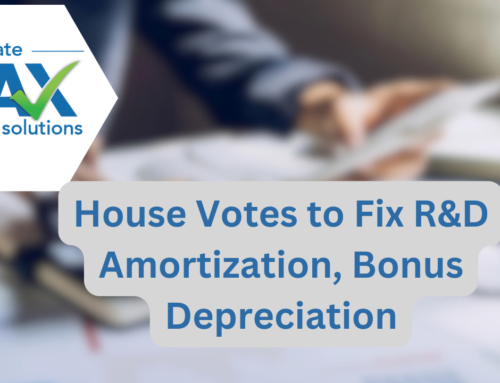Analyzing 2022 Tax Impacts from TCJA Changes
One of the only certainties about this tax season is that the Tax Cuts and Jobs Act (TCJA) has completely flipped things on its head. Many business owners are coming to the realization that they may be forced to amortize their R&D costs and thus pony-up substantially more tax dollars to Uncle Sam. While the confusion around the new Section 174 R&D amortization requirements is frustrating (as is the fact that lawmakers even allowed it to come into existence), it must be analyzed in balance with other provisions of the TCJA.
Writing off Equipment but Amortizing Wages
As I have mentioned in prior blogs, the new Section 174 R&D amortization requirements were enacted as a way for lawmakers to show that the TCJA could meet the revenue raising requirements needed to avoid the reconciliation process. The truth is that nobody ever thought that Congress would actually allow a provision that de-incentivizes R&D to come into effect.
However, we must look at some of the provisions of the TCJA that amortization sought to pay for. Obviously, the cut to the corporate tax rate was a big driver of the need to raise revenue, but taxpayers have also enjoyed the ability to increase their deductions for real and personal property through Section 179 deductions and 100% bonus depreciation. The fact is we now live in a world where a business can fully deduct machinery and building assets that do have a defined useful life but are now required to amortize wages and other costs associated R&D activities that do not have a defined useful life.
This completely reverses the way these types of items have historically been treated and flips tax logic on its head. Whereas traditionally a business would depreciate a piece of equipment over its useful life, now they are allowed an immediate deduction (subject to certain limits). Whereas certain section 1245 personal property normally required recovery over 5, 7, or 15 years, in 2022 taxpayers can take full deductions using 100% bonus depreciation. However, now a business must amortize its investments in R&D activities for which there is no determinable useful life and uncertainty of future benefits (according to GAAP principals).
Netting the Tax Impact of TCJA
While this logic may be hard to follow, tax advisors should net the impact of all TCJA provisions when analyzing tax impact. Additional deductions from 179 equipment purchases should be balanced against the loss of deductions from R&D amortization. Likewise, any deduction gained through bonus depreciation or Cost Segregation should be analyzed against R&D deduction loses.
This netting function is necessary to show taxpayers the impact of tax provisions that would not exist were it not for the TCJA. These provisions will have both harmful and helpful effects for businesses and their owners in 2022.
For more information on TCJA tax provisions or for help in analyzing the impact of R&D amortization under Section 174 and R&D Tax Credits under Section 41, please contact ATS.




